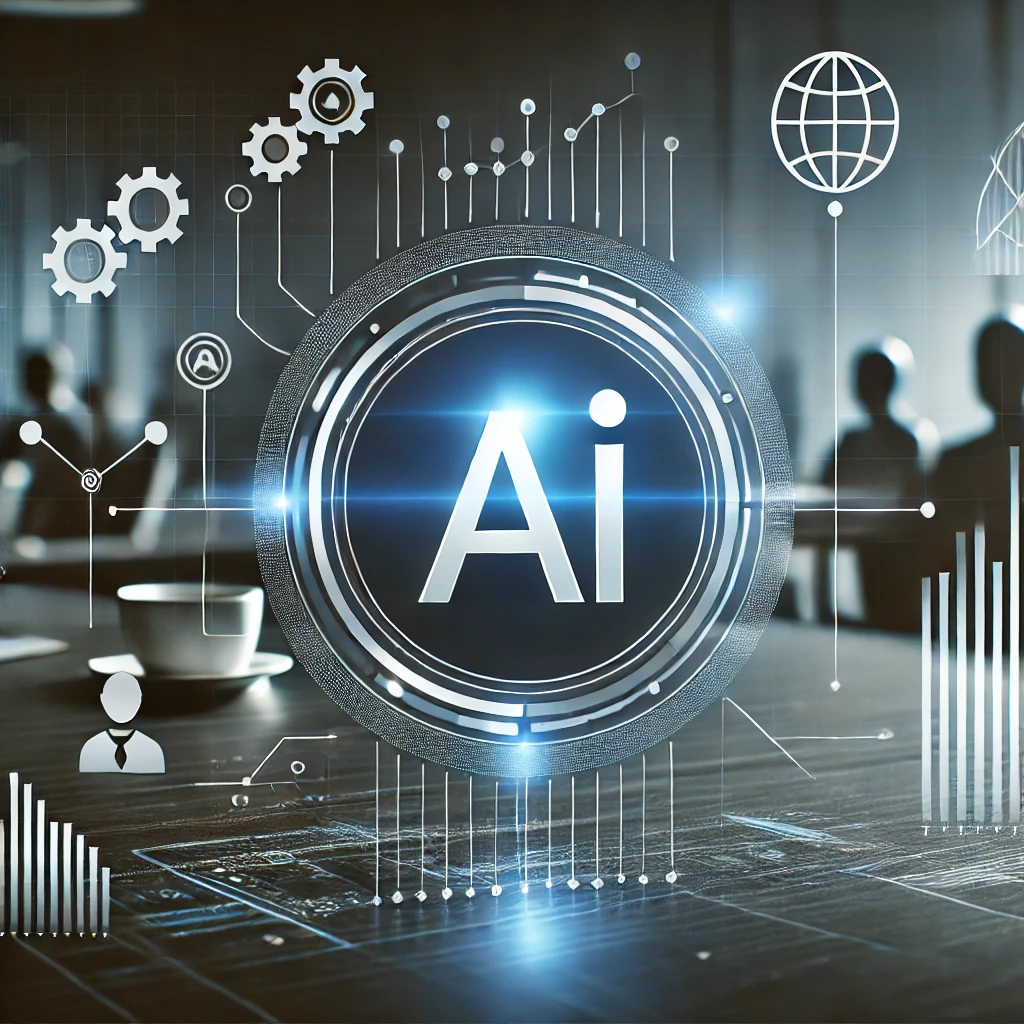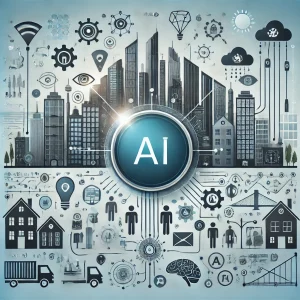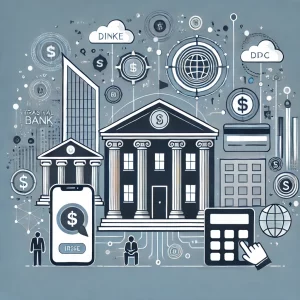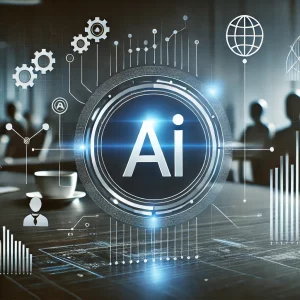The Role of AI in Predicting Market Trends

The global economy is an intricate system, influenced by countless variables—consumer behavior, political events, technological advancements, and more. For businesses and investors, understanding and predicting market trends is a vital part of gaining a competitive edge. While traditional methods such as economic indicators, historical data, and expert opinions have been used for years, the integration of Artificial Intelligence (AI) has transformed how market predictions are made. AI’s ability to process vast amounts of data, recognize patterns, and offer actionable insights has revolutionized the financial and business sectors, making market forecasting faster, more accurate, and scalable.
In this article, we will explore how AI is used to predict market trends, the technologies behind it, its impact on industries, and the future of AI in market forecasting.
1. AI’s Role in Market Trend Prediction
Market trend prediction involves forecasting the future direction of various markets—whether in finance, commodities, real estate, or consumer goods. AI models, particularly machine learning (ML) algorithms, have become central to this process due to their ability to handle large volumes of diverse and complex data. Traditional forecasting methods are limited by the availability of historical data and human interpretation, but AI overcomes these challenges by providing more dynamic, real-time predictions.
Data Processing and Pattern Recognition
AI uses advanced algorithms to analyze massive amounts of data in real-time, identifying patterns and trends that may not be apparent to human analysts. Financial markets, for example, generate vast amounts of data every second: stock prices, transaction volumes, news articles, economic reports, and social media sentiments. AI can quickly process this data to detect correlations and trends that would take humans days or even weeks to uncover.
In particular, AI models like deep learning and natural language processing (NLP) allow for analyzing unstructured data, such as news articles, social media posts, and financial reports, which can provide valuable insights into market sentiment. By integrating this unstructured data with structured financial data, AI offers a more holistic view of market trends, improving the accuracy of predictions.
Machine Learning for Predictive Modeling
Machine learning, a subset of AI, plays a crucial role in predicting market trends. ML algorithms use historical data to train models that can recognize patterns in market behavior. These models improve over time as they process more data, making them increasingly accurate in predicting future trends.
For example, in the stock market, ML models might analyze years of price movements, trading volumes, and macroeconomic data to forecast future price trends. Similarly, in the commodities market, AI models can analyze weather patterns, geopolitical events, and past price movements to predict changes in commodity prices like oil, gold, or agricultural products.
2. AI in Financial Market Predictions
The financial sector is one of the primary beneficiaries of AI-driven market prediction tools. AI helps in a variety of areas, from predicting stock prices to risk management, asset allocation, and identifying investment opportunities. Here’s how AI is changing the game in finance:
Algorithmic Trading
Algorithmic trading involves using AI-driven models to automatically buy and sell financial assets at optimal times based on predefined criteria. These algorithms analyze market data, including price fluctuations, trading volumes, and other indicators, to execute trades with precision. AI-powered trading systems can adjust strategies in real-time, allowing for quick reactions to market changes that would be impossible for humans to match.
Machine learning algorithms help refine trading strategies by recognizing patterns in historical data and predicting short-term price movements. These AI systems can also use sentiment analysis to interpret news and social media posts, enabling them to make decisions based not just on numbers but also on market psychology.
Risk Assessment and Fraud Detection
AI’s ability to analyze large datasets and detect anomalies has also made it invaluable in risk assessment and fraud detection. Financial institutions can use AI algorithms to predict potential market downturns or identify patterns that signal fraud or market manipulation.
Risk management models can evaluate multiple variables—economic indicators, industry performance, and geopolitical events—to provide a more comprehensive understanding of market risks. Additionally, AI can track and monitor transactions in real time, flagging suspicious activities and potentially saving billions in fraudulent activities.
3. AI in Consumer Behavior and Market Insights
Beyond finance, AI is also crucial for predicting market trends in consumer goods, retail, and other industries. Understanding consumer preferences and behavior is vital for companies looking to stay ahead of the competition. AI can help businesses forecast trends by analyzing vast amounts of customer data and predicting future buying patterns.
Sentiment Analysis and Consumer Insights
One of the key applications of AI in predicting market trends is sentiment analysis. By analyzing customer reviews, social media posts, surveys, and feedback, AI can gauge public sentiment toward products, services, and brands. This analysis provides companies with insights into consumer preferences, which they can use to anticipate market trends and adjust their strategies accordingly.
For example, AI-driven sentiment analysis might reveal that consumers are becoming more eco-conscious and favoring sustainable products. Companies can then use this insight to pivot their marketing strategies, product development, and supply chain management to meet the growing demand for sustainable goods.
Demand Forecasting
AI is also widely used for demand forecasting, helping businesses predict future product demand based on historical sales data, seasonality, and market conditions. Traditional demand forecasting methods can be inaccurate due to external factors like economic downturns, supply chain disruptions, or shifts in consumer behavior. AI models, however, can incorporate real-time data and adjust predictions based on emerging trends, providing businesses with a more accurate picture of future demand.
Retailers use AI-driven demand forecasting to manage inventory, optimize pricing, and plan promotions. For example, AI models can analyze past sales data to predict when a particular product is likely to experience a spike in demand, allowing companies to stock up in advance and avoid stockouts.
4. Challenges and Limitations of AI in Market Prediction
While AI has proven to be a powerful tool for predicting market trends, it is not without its challenges and limitations. One of the primary issues is the reliance on high-quality data. AI models are only as good as the data they are trained on, and poor or incomplete data can lead to inaccurate predictions.
Additionally, AI models can be influenced by historical biases. If past data contains biases—whether related to market behavior, pricing, or consumer sentiment—the AI system might replicate those biases in its predictions, leading to skewed or unfair outcomes.
Finally, while AI models are great at identifying patterns in data, they are not perfect at accounting for unpredictable events, such as political upheavals, natural disasters, or technological innovations, which can disrupt market trends in unforeseen ways. For instance, AI may struggle to predict the market response to the announcement of a new breakthrough technology or a global pandemic.
5. The Future of AI in Market Trend Prediction
As AI technology continues to evolve, its role in predicting market trends will only grow. The future of AI in market forecasting will likely involve deeper integration with other emerging technologies such as blockchain, IoT, and big data analytics. AI models will become increasingly sophisticated, allowing for more accurate and real-time predictions.
One area where AI could play a significant role is in personalized market predictions. As AI becomes better at understanding individual consumer behavior and preferences, it could provide businesses with highly tailored insights into what specific customer segments will demand in the future, allowing for highly personalized marketing and sales strategies.
Furthermore, with advancements in explainable AI (XAI), companies will be able to gain a better understanding of how AI models make predictions, increasing trust in AI-driven market forecasting.
Conclusion
AI is fundamentally reshaping how market trends are predicted. From financial markets to consumer behavior, AI enables businesses and investors to make better-informed decisions based on vast amounts of data, complex algorithms, and real-time insights. While AI has the potential to enhance market prediction accuracy and provide deeper insights into consumer preferences and financial risks, it also faces challenges, including data quality issues and the unpredictability of global events. As AI technology continues to evolve, its role in market forecasting will undoubtedly become even more integral to decision-making in various industries, driving greater efficiency, innovation, and competitive advantage.






